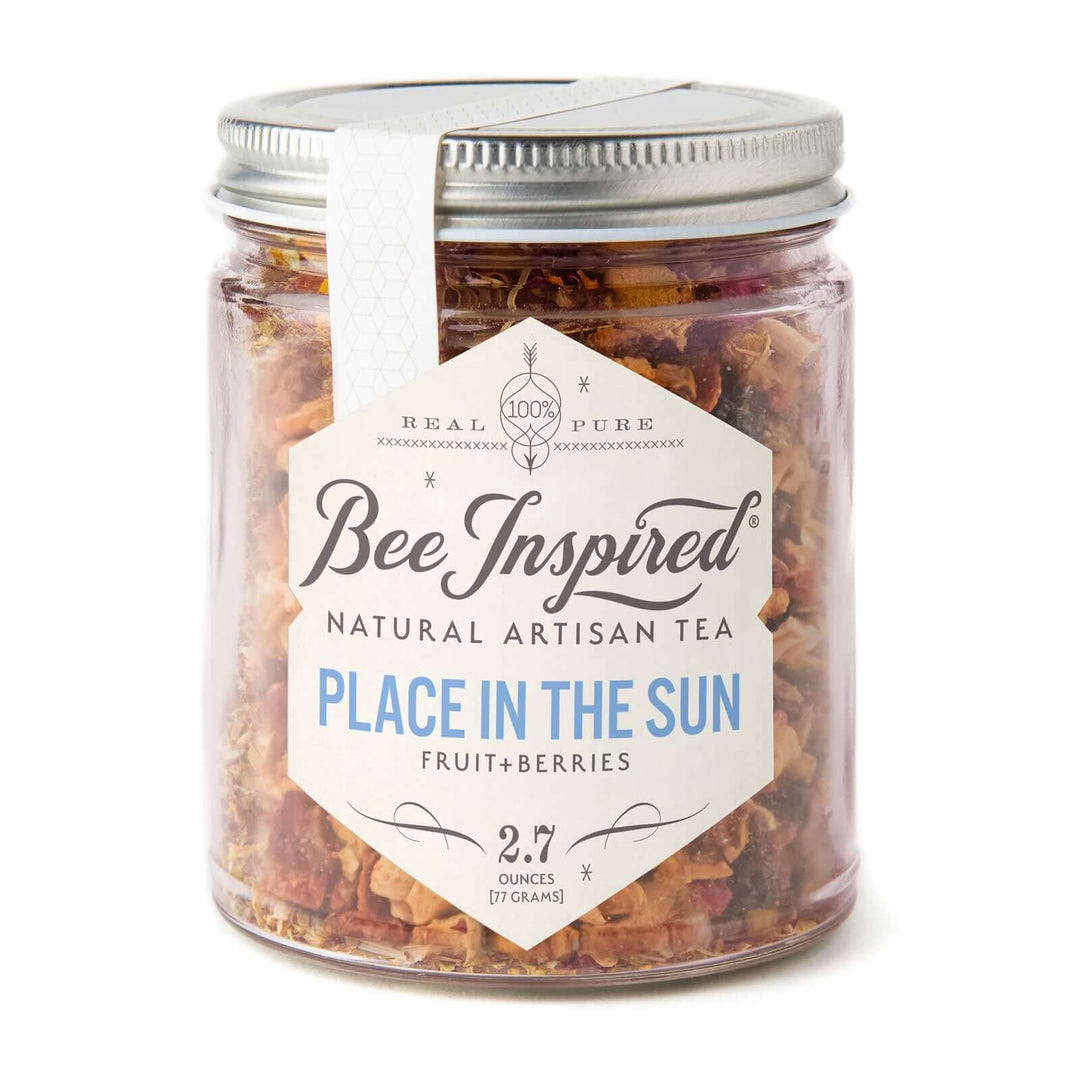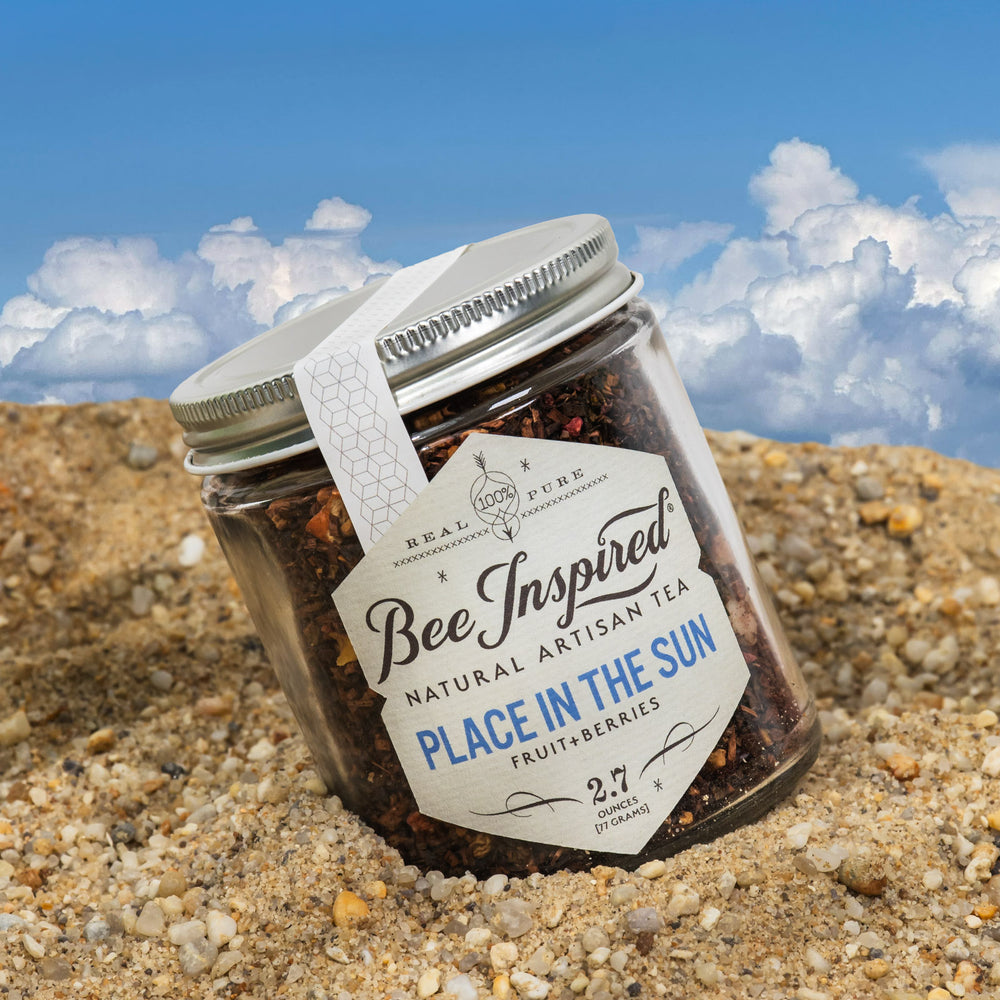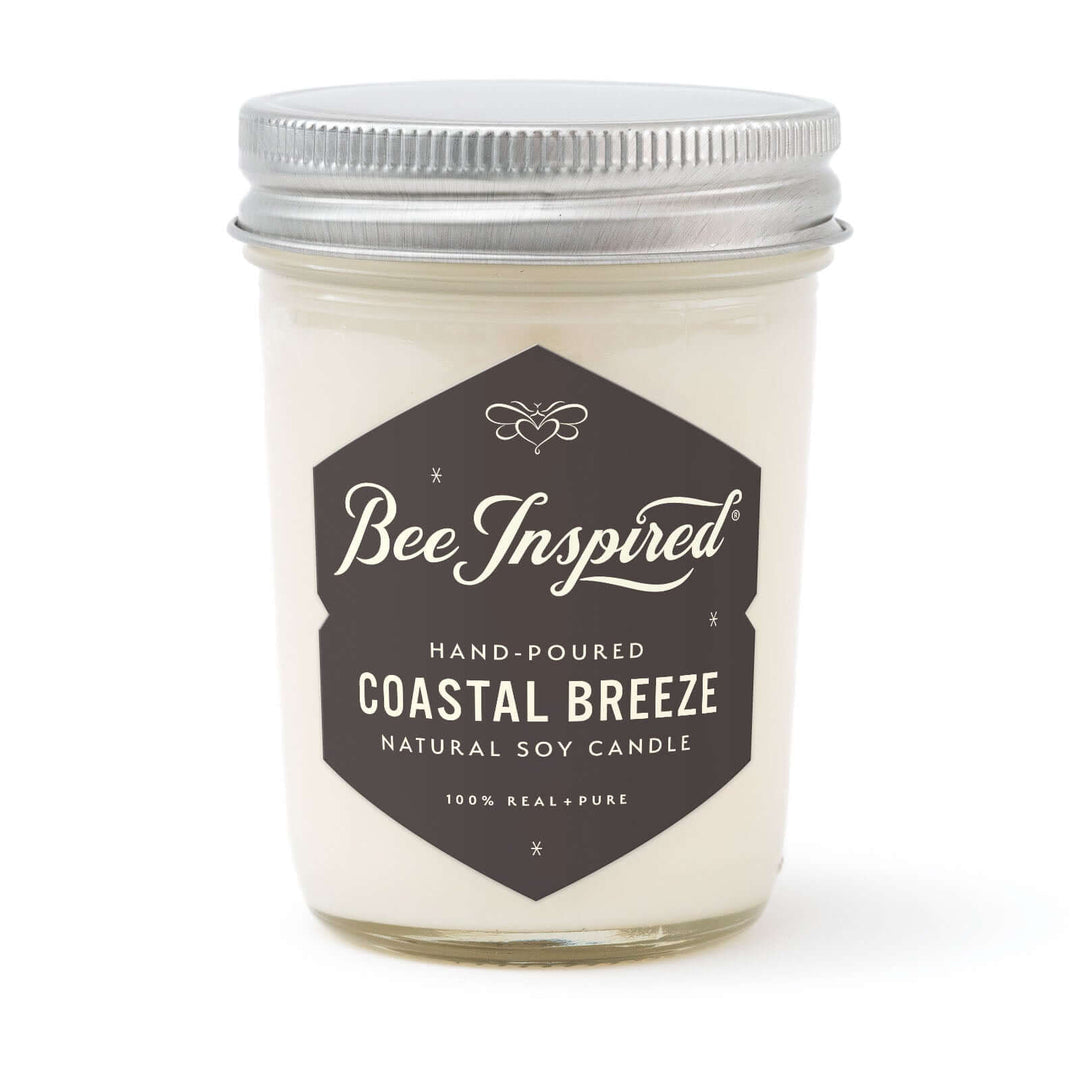Want to make a tasty and easy snack? This article shows you how to prepare walnuts in honey. You’ll get step-by-step instructions, tips for choosing the best walnuts, and ideas for enjoying your homemade treat.

Dress up any salad, snack, or appetizer with glazed walnuts
- Honey glazed walnuts are a simple, versatile snack for salads, lunch boxes, and appetizers.
- Choosing high-quality walnuts is key; lighter walnuts have a milder taste, while darker ones offer a richer flavor.
- Soaking and drying walnuts before glazing enhances flavor and digestibility and prevents clumping for the best end product.

Honey Glazed Walnuts: A Perfect Sweet Snack
Honey-glazed walnuts are an absolute delight for those who have a sweet tooth. These nuts are a tasty treat and a versatile addition to your snack cuisine. Imagine the crisp, sweet crunch of honey-roasted nuts in your salads, adding a perfectly sweet note to your meals. They are also excellent for lunch boxes and appetizers, offering a satisfying, healthy, and delicious snack.
The process of making honey-glazed walnuts is remarkably simple yet results in a snack that sounds delicious and is full of rich, nutty flavors. Toasting the walnuts before glazing enhances their flavor, transforming them from bland to a more complex, nutty taste.
With just a few ingredients like honey, salt, and walnuts, and a quick bake at 350 degrees for 10-15 minutes, you can create a batch of these honey walnuts that are perfect for any occasion.
Choosing the Best Walnuts for Your Recipe
Selecting high-quality walnuts is crucial when making the best honey-glazed walnuts. The taste and texture of your candied walnuts heavily depend on the freshness and quality of the walnut halves you use. Reputable brands are known for offering premium organic walnuts, ensuring the best flavor and crunch.
The walnuts' color can also influence your recipe's overall taste. Light-colored walnuts provide a milder flavor, while amber-colored ones offer a richer, more robust taste. Experimenting with different types of walnuts can add unique flavor profiles to your honey-glazed walnuts, making each batch a delightful surprise.

Nutritional Benefits of Walnuts
Walnuts are not only delicious but also pack a punch when it comes to nutritional benefits. Regular consumption of walnuts can improve heart health and lower the risk of developing type 2 diabetes due to their high alpha-linolenic acid (ALA). This omega-3 fatty acid helps reduce inflammation. Additionally, walnuts are rich in polyphenols, potent antioxidants that protect body tissues from oxidative damage.
Incorporating walnuts into your diet can also enhance cognitive function and memory. Studies have shown that children whose mothers consumed nuts during pregnancy had better cognitive outcomes. Moreover, walnuts are a good source of essential minerals such as calcium, magnesium, and zinc, contributing to overall well-being.
So, not only do honey-glazed walnuts taste amazing, but they also offer numerous health benefits.
Preparing Walnuts for Glazing
Preparing walnuts properly is essential to ensure your honey-glazed walnuts turn out perfectly. The process involves soaking and drying the walnuts to enhance their flavor and texture. Soaking walnuts can make them easier to digest and remove bitterness, while drying them thoroughly prevents clumping during the glazing process.
Soaking Walnuts
Soaking walnuts before glazing is a step you don’t want to skip. This process helps improve digestion and reduces the natural bitterness caused by the nuts' tannins. Soaking the walnuts overnight enhances nutrient absorption, making them tastier and healthier.
Place the walnuts in a bowl, cover them with water, and add a pinch of kosher salt to activate enzymes that neutralize anti-nutrients. Let them sit overnight in the refrigerator, then drain and rinse thoroughly. This simple step can significantly affect the flavor and digestibility of your honey-glazed walnuts.
Drying Walnuts
After soaking, the next crucial step is drying the walnuts thoroughly. Spread the soaked walnut halves evenly on a baking sheet lined with parchment or wax paper to prevent sticking. Place them in a low-temperature oven or dehydrator to ensure they dry out completely and retain their crisp texture.
Proper drying is essential to prevent mold growth and ensure the walnuts are ready for glazing. A dry place with adequate airflow is ideal for this process.
Once dried, your walnuts are primed and ready to be transformed into a sweet, crunchy snack.

The Ingredients You Need for Honey Glazed Walnuts
Creating honey-glazed walnuts requires just a handful of simple ingredients. You’ll need 1½ cups of walnut halves, five tablespoons of honey, and one teaspoon of salt. These basic ingredients create a delightful, sweet, and satisfying snack.
To add extra flavor, mix in 1 tablespoon of butter and 1/8 teaspoon of cinnamon. These optional ingredients enhance the taste, giving your honey-glazed walnuts a buttery, spiced twist.
With these ingredients on hand, you’re ready to start creating your delicious snack.
Essential Tools for Making Honey-Glazed Walnuts
Having the right tools is essential for making honey-glazed walnuts efficiently. You’ll need a baking sheet or pan to bake the walnuts evenly. Lining the baking sheet with parchment paper helps prevent the walnuts from sticking and makes cleanup a breeze.
Additionally, a non-stick spatula helps mix the walnuts with the honey glaze and transfer them after baking. These tools ensure a smooth process, and the walnuts are perfectly coated and baked to a crisp, golden finish.

Step-by-Step Guide to Making Honey-Glazed Walnuts
Now that you have all the ingredients and tools let’s dive into the step-by-step process of making honey-glazed walnuts. This guide will take you through toasting the walnuts, making the honey glaze, combining and cooking, and finally, cooling and storing the finished product.
Toasting the Walnuts
Toasting the walnuts enhances their flavor and aroma. Use either the oven or stovetop for this step. Preheat your oven to 375°F and spread the walnuts in a single layer on a baking sheet. Roast for 5 to 10 minutes, checking frequently to prevent burning.
For a stovetop method, heat a skillet over medium-high heat and toast the walnuts, stirring frequently for about 5 minutes until they turn golden brown. Once toasted, set aside the walnuts to cool slightly before proceeding to the next step.
Making the Honey Glaze
Creating the honey glaze is simple yet essential for coating the walnuts evenly. In a small saucepan or pot, gently heat five tablespoons of honey over medium-low heat until it becomes more fluid. Gentle heating maintains the honey’s natural flavor and prevents burning.
Add a little sweetness and spice by mixing in a small amount of granulated sugar or cinnamon. Stir the honey mixture continuously to ensure it heats evenly and becomes a smooth, pourable glaze.
Combining and Cooking
When the walnuts are toasted, and the honey glaze is ready, combine and cook them. Place the toasted walnuts back into the small pot with the honey glaze and stir to coat them evenly. Cook the mixture over medium heat for about 3 minutes, stirring occasionally until the walnuts become beautiful golden brown.
This brief cooking time ensures the walnuts are well-coated and infused with the sweet honey flavor. Once done, spread the glazed walnuts in an even layer on a parchment-lined baking sheet. Allow them to cool slightly before moving on to the final step.
Cooling and Storing
Cooling the glazed walnuts before storing them maintains their crunch. Let the walnuts cool on the baking sheet until they are no longer warm to the touch. This cooling process helps the glaze set, ensuring each walnut remains crisp and delicious.
Once cooled, transfer the honey-glazed walnuts to an airtight container for storage. Storing in an airtight container keeps them fresh and crunchy, ready to be enjoyed as a snack or added to dishes.

Serving Suggestions for Honey Glazed Walnuts
Honey-glazed walnuts are incredibly versatile and can be used in various ways. They make a fantastic topping on a spinach and fruit salad, adding a delightful crunch and sweetness that complements the fresh greens. You can also include them in charcuterie boards, where their sweet, nutty flavor brings out brilliant flavors when pairing honey with cheese and cured meats.
For breakfast lovers, sprinkle honey-glazed walnuts over your hot oatmeal with fruit or yogurt for an extra layer of flavor and texture. Their sweet, crunchy profile makes them an excellent addition to savory and sweet dishes, enhancing the dining experience.
Flavor Variations for Honey Glazed Walnuts
Experiment with different flavors by trying various variations. Substituting maple syrup for honey provides a distinct sweetness and rich flavor that pairs wonderfully with walnuts.
Add ground espresso to the glaze to introduce a rich coffee flavor, making your honey-glazed walnuts unique. Enhance the recipe with spices like cinnamon or vanilla, adding warmth and complexity to the nuts. These variations allow you to tailor the recipe to your taste preferences.

Walnut Storage Tips
Properly storing walnuts is essential to maintain their freshness and flavor. Choose unshelled walnuts that feel full and heavy without cracks. Freshly shelled walnuts should be used within a day to ensure optimal taste.
Extend the shelf life by storing walnuts in an airtight container in the freezer. Walnuts can be kept in the freezer for up to two years without losing quality. This method helps preserve their crunch and nutritional benefits, ensuring you always have fresh walnuts.
More Recipes Featuring Walnuts
Walnuts are incredibly versatile and can be used in a variety of recipes. From baked goods to savory dishes, these nuts add a delightful crunch and rich flavor to any meal. Consider using walnuts in recipes like walnut-crusted chicken and walnut pesto or adding them to your favorite cookie dough for an extra nutty twist.
Walnuts also make a thoughtful gift when packaged in decorative bags or boxes, perfect for holidays or special occasions. Incorporating walnuts into different recipes can introduce new flavors and textures, making your meals more exciting and nutritious.
Honey-glazed walnuts are a delicious and nutritious snack that is easy to make and versatile.
From selecting the best walnuts to preparing and glazing them, this guide provides all the steps needed to create a perfect sweet treat. Whether enjoyed alone or as part of a dish, honey-glazed walnuts will surely delight your taste buds and provide numerous health benefits.
Frequently Asked Questions
How long do honey-glazed walnuts last?
Honey-glazed walnuts can last up to two weeks when stored in an airtight container. Just make sure to keep them sealed to maintain their freshness!
Can I use other nuts instead of walnuts?
You can swap walnuts for nuts like pecans or almonds; just keep in mind the flavor and texture will change a bit.
Is there a substitute for honey in this recipe?
Absolutely! Maple syrup or agave nectar works great as a substitute for honey in your recipe.
Do I need to soak the walnuts before glazing them?
You don't have to soak walnuts before glazing them, but soaking can enhance their digestion and flavor. It’s a nice option if you’re looking to elevate the taste!
Can I add spices to the honey glaze?
Absolutely! Spices like cinnamon or vanilla can elevate the flavor of your honey glaze.











